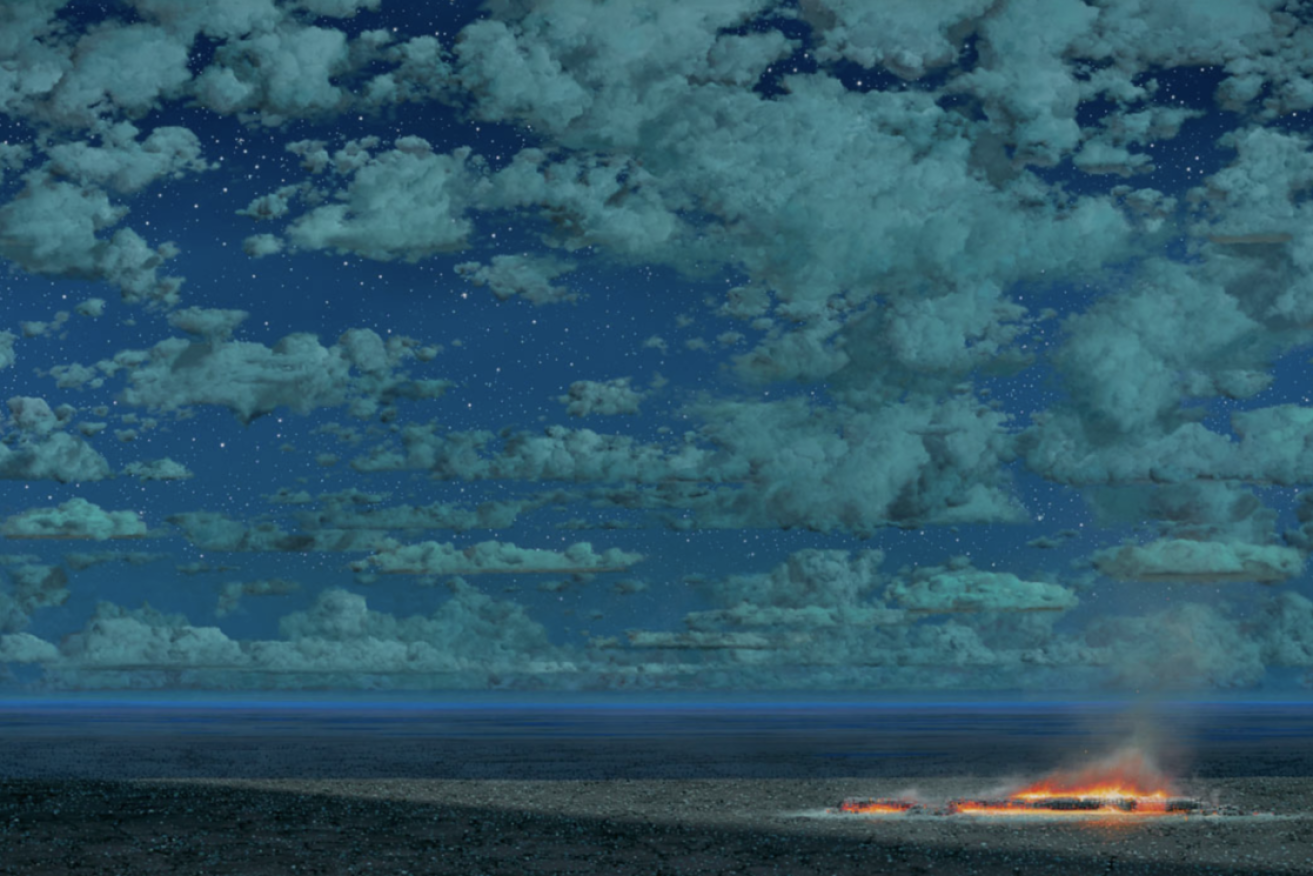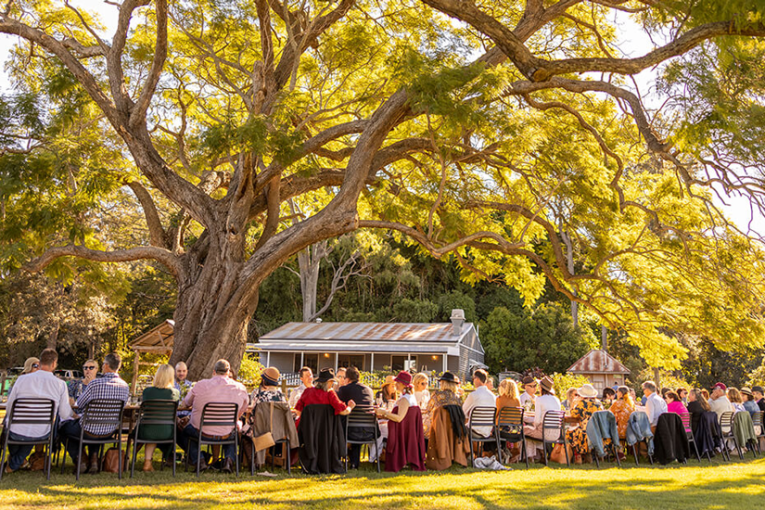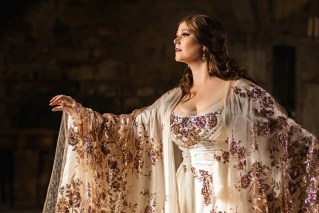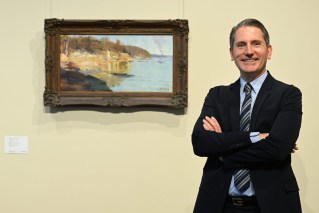Sky’s the limit as Storrier shows his best in Brisbane exhibition
Tim Storrier is one of Australia’s most revered contemporary artists, and according to Philip Bacon, whose Fortitude Valley gallery is hosting a new exhibition of the enigmatic painter’s works, he’s producing the best work of his career.


Tim Storrier's The Great Blue Night.
“I think it’s the best show we’ve ever had of his, he’s painting so well,” Bacon told InQueensland.
Philip Bacon Galleries’ relationship with Storrier goes back more than four decades, with Bacon first hosting an exhibition of the artist’s work in 1979.
Storrier was the youngest-ever winner of the Sir John Sulman Prize when his genre painting Suzy 350 took out the honour in 1968 when he was 19, and won the prize again in 1984 for Burn.
He won the Archibald in 2012 for his famously faceless self-portrait The Histrionic Wayfarer (After Bosch), won the Packing Room two years later for his depiction of his friend Barry Humphries’ alter ego Sir Les Patterson and in 2017 he won the Doug Moran Prize for The Lunar Cycle, which depicts the artist McLean Edwards.
But Bacon was quick to point out that despite his accolades, Storrier had “always gone down his own path, really”.
“He’s certainly in the upper echelons of artists in terms of their profile and their prices and things like that but he’s not in that social milieu, or in that political milieu either,” Bacon said.
“His politics are quite conservative and so that sets him apart, apart from anything else, and he’s also one of those people who doesn’t suffer fools gladly, and he’s very quick to judge who are fools, so he can be quite acerbic in his conversations.
“Tim’s offended quite a few people in the business, over the years and they don’t forgive or forget easily so, but he’s created a wonderful lifestyle for himself. He has a beautiful property at Bowral with very extensive grounds and a wonderful studio and he just works away, so he doesn’t care.”

Equine Impedimenta – Tully’s baggage (Late afternoon).
The use of clouds is something of a unifying element of many of Storrier’s recent works.
“They’re metaphoric, probably, but yes, they’re also a huge visual unifier,” Bacon said. “I must ask him what it all means, but he won’t tell you, he never tells you anything.”
In an introductory statement in the catalogue that accompanies this exhibition – An Itinerant’s Repose: Works From the Plague Year – Storrier gives a brief, somewhat cryptic explanation.
“Clouds are a rich field to plough with infinite variations in shape and colour to inform the all-important tonal mood – the poetic nuances of the painting,” Storrier writes.
He also writes: “With the post-modern fashion for explanatory statements by artists, I feel reticent when explaining my work,” and Bacon said Storrier had been notoriously unhelpful when it came to openly discuss the meaning behind his art.
“I’ve done a couple of public Q and As with him and it’s like drawing teeth, it’s so difficult,” Bacon laughed. “If you say, ‘well you probably mean this’, he’ll say, ‘No, I don’t mean that at all’, [then I’ll say], ‘OK, well what do you mean?’ and he’ll say, ‘Well I don’t know – work it out.”
He said he could distinctly recall one of the pieces in that first Storrier exhibition at Philip Bacon Galleries in 1979 being an aerial view of the Australian landscape from above the clouds.
“He has always been on this, this journey of observing Australia, and our endless spaces and now he’s not up in the sky looking down through clouds he’s on the ground looking up at clouds, but still towards the horizon.”
As the exhibition’s title suggests, Storrier is ordinarily more of a peripatetic artist than he has been in 2020, and Bacon said, “I think like all artists he’s been probably been quite affected by what’s going on around us”.
“He’s been locked down in his studio, just working away and finessing and painting furiously and carefully and this is the result and not just in the imagery, but also the technique, the quality of the painting is just amazing.”
Regardless of what the underlying meaning of the works may be, there is no denying their aesthetic beauty, and as Storrier himself puts it: “It is worth restating that when it comes to considering paintings, the less said the better.”












